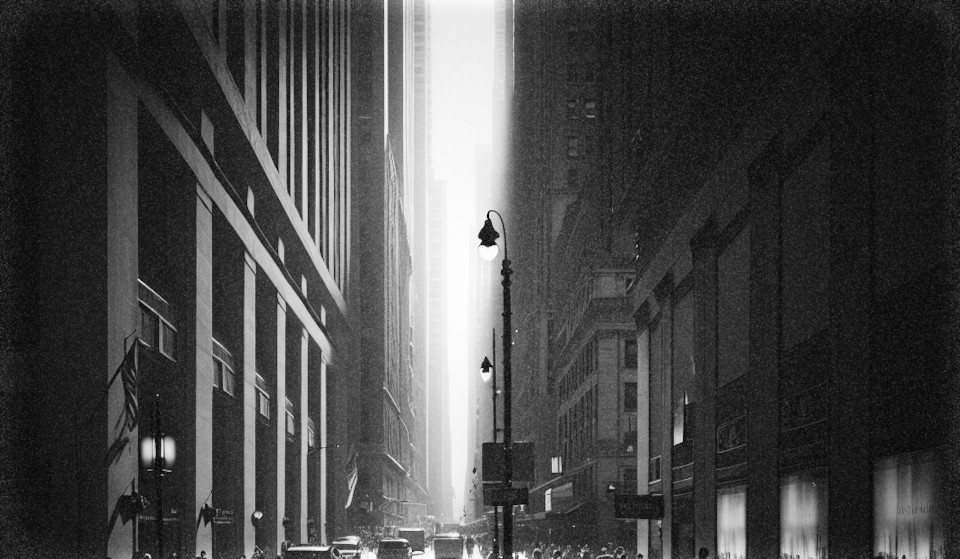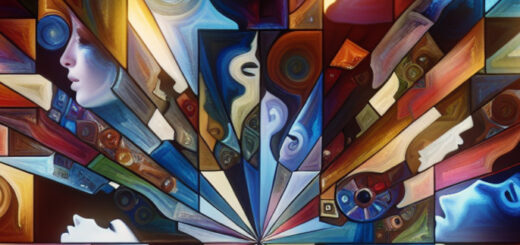The Monochrome Canvas

Have you ever wondered if art, stripped of its vibrant colors, could still capture the essence of life in all its hues? It’s a thought-provoking question that prompted me to ponder the depth and versatility of artistic expression. While color undeniably adds richness and dimension to visual masterpieces, there is a certain allure to the monochromatic canvas – a simplicity that challenges our perception and invites us to explore new avenues of interpretation.
Analogously, imagine reading a book, each page contains only two contrasting shades: black and white. At first glance, it may seem devoid of life or lacking the truth of emotions that color often conveys. However, upon delving deeper into the narrative, one would realize that words possess an intrinsic power to evoke vivid imagery within our minds. Just as ink on paper gives rise to imagination, black and white art can encapsulate life’s colors by stimulating our thoughts and emotions.
To further delve into this concept, let’s turn to the esteemed philosopher Arthur Schopenhauer. In his work “The World as Will and Representation,” Schopenhauer discussed how music – an art form devoid of visual representation – can tap into the depths of human experience like no other medium. He argued that music captures the very essence of life by expressing emotions that transcend language and logic.
Similarly, black and white art has the potential to transcend mere visuals, allowing us to explore profound themes with heightened introspection. By stripping away color distractions, artists have historically sought to emphasize form, texture, contrast, and composition – elements that enable viewers to perceive subtle nuances otherwise overlooked.
One cannot discuss black and white art without mentioning legendary photographers such as Ansel Adams or Henri Cartier-Bresson. These masters skillfully used light and shadow in their monochrome photographs to create breathtaking imagery that resonates deeply with viewers. Through their lens, they captured the raw beauty of landscapes, the vulnerability of human subjects, and the intricate interplay between darkness and light.
It’s worth noting that while black and white art holds its own allure, it does not diminish the importance or impact of color in artistic endeavors. Color has an undeniable power to evoke emotions instantaneously – a vibrant red can convey passion or anger, while soothing blues can evoke tranquility or sadness. The interplay between color and monochrome is not one of competition but rather a symbiotic relationship that enhances our understanding and appreciation of both.
If art were confined solely to black and white, it would indeed still possess the ability to portray life’s myriad colors. By challenging our perceptions and encouraging introspection, monochromatic masterpieces invite us to explore the world through a different lens. As with all forms of art, it is through diverse perspectives that we expand our horizons and gain a deeper understanding of ourselves and the world around us. So let us not confine ourselves to a single palette but embrace the kaleidoscope of artistic expression in all its glorious shades.



